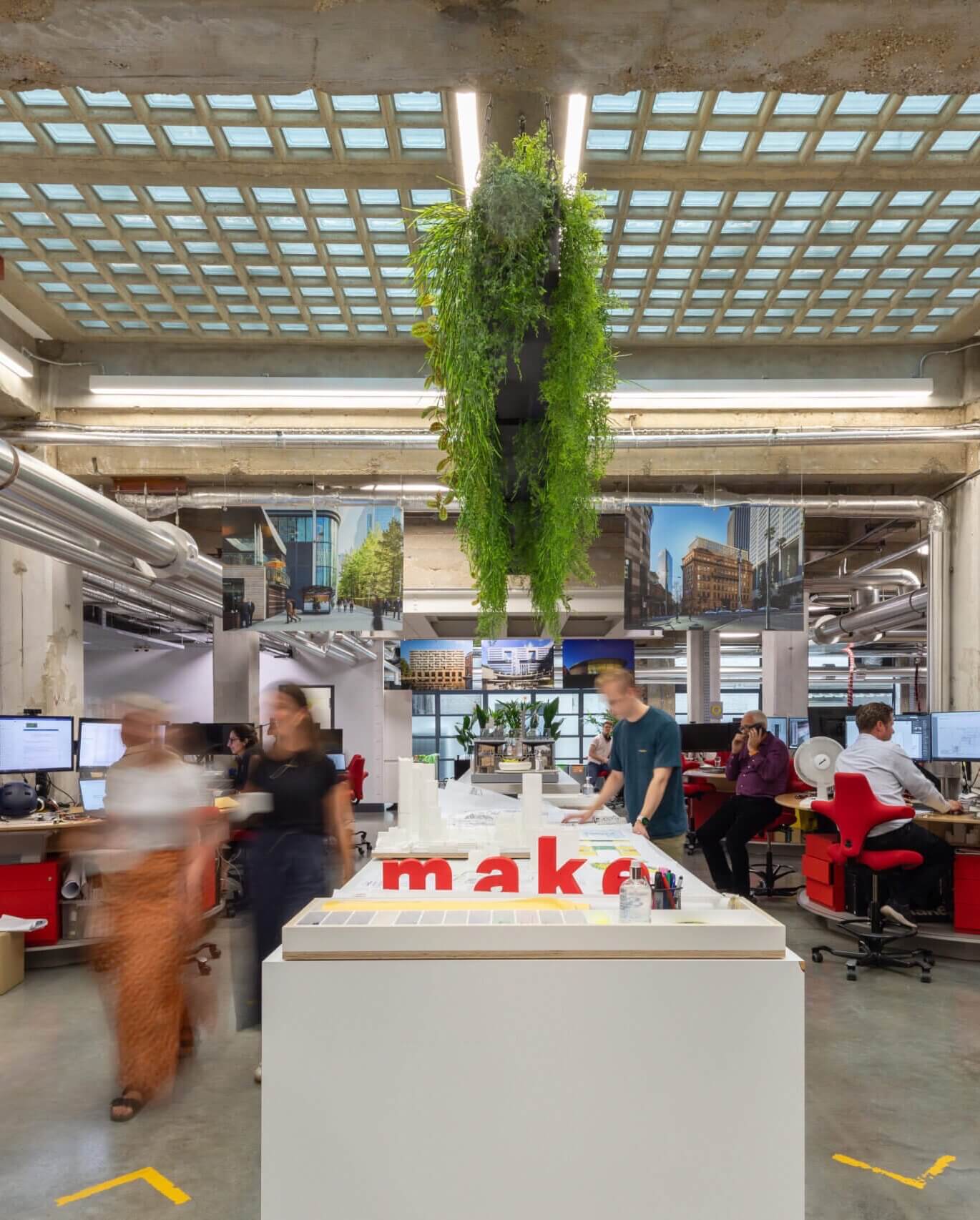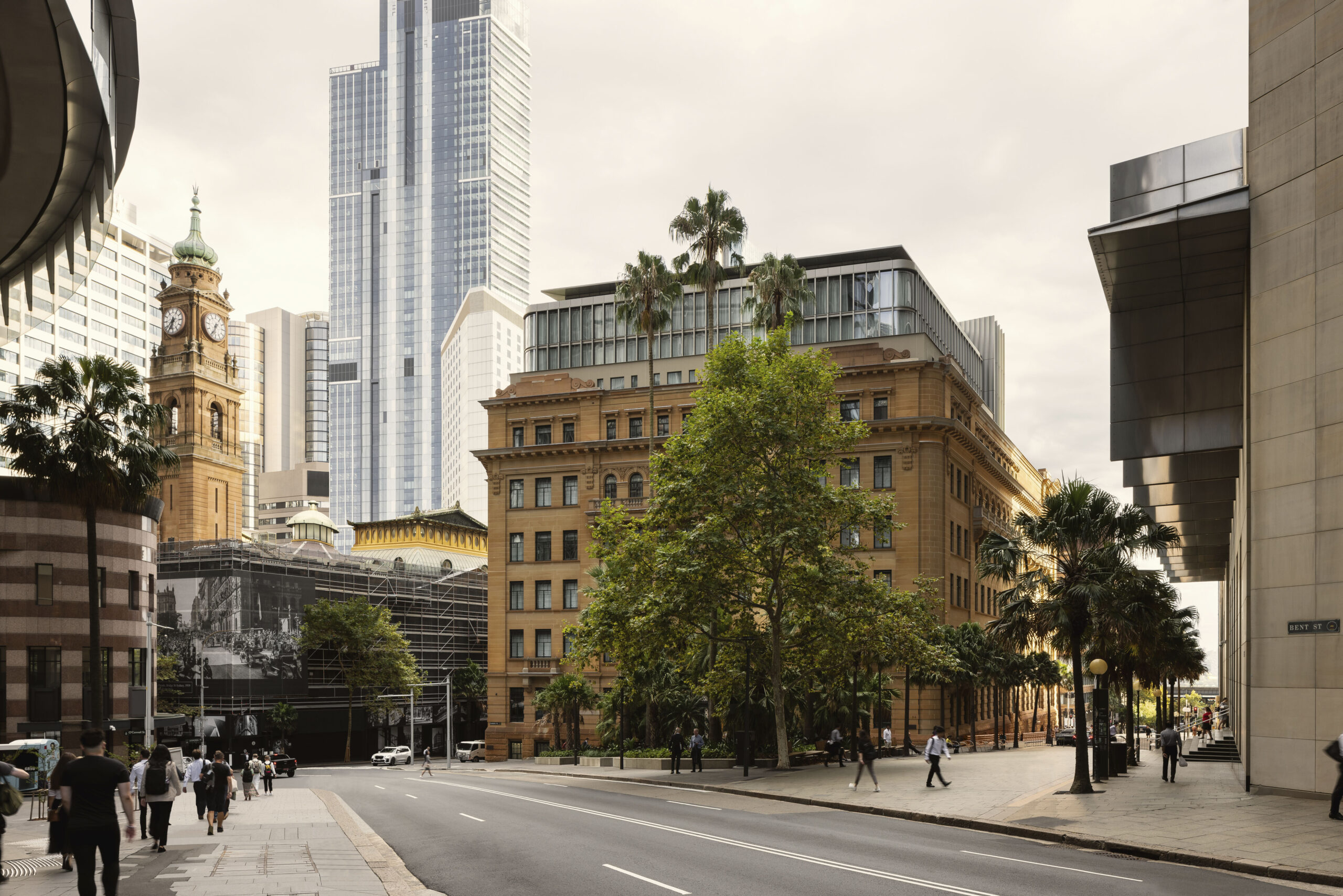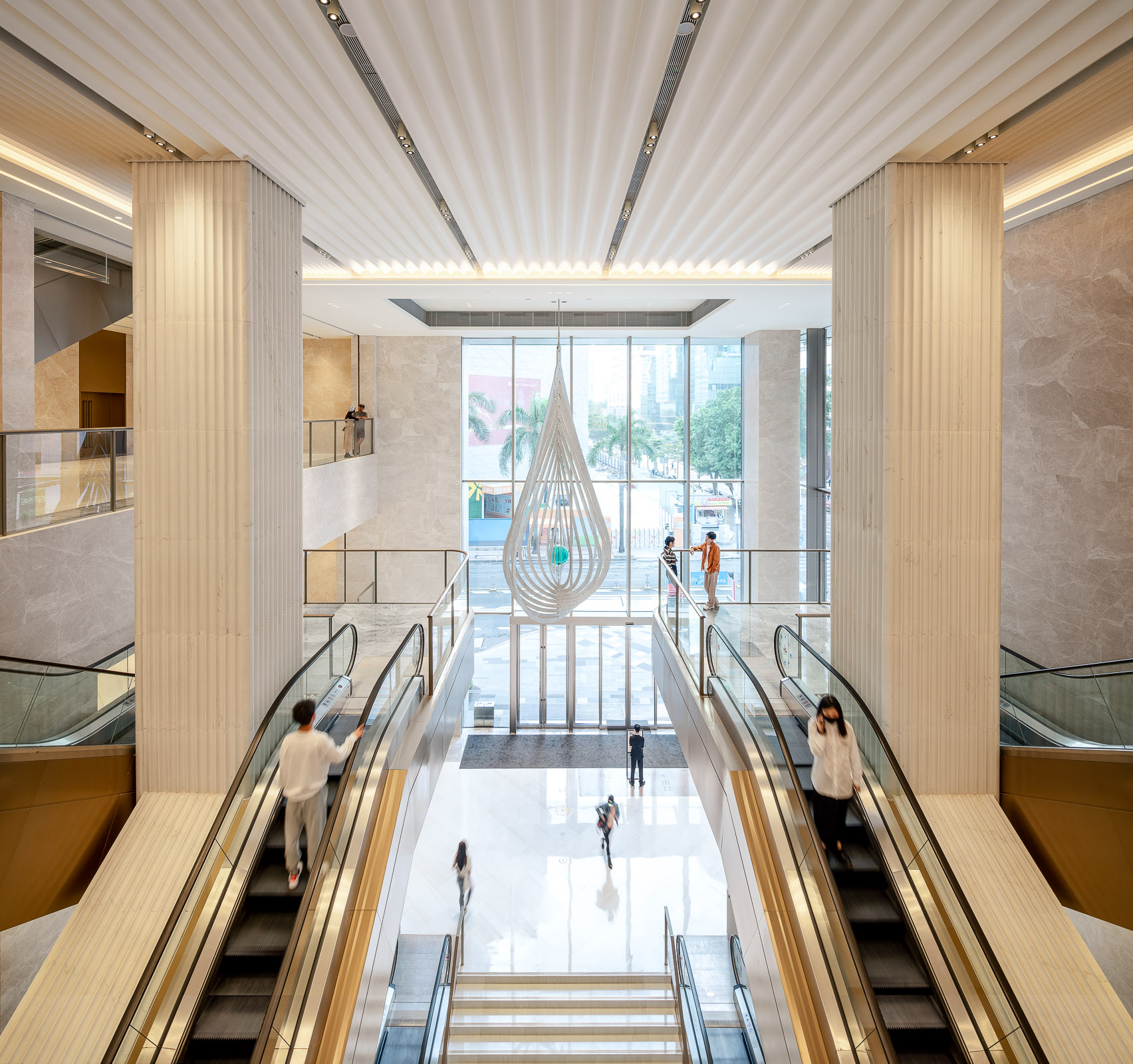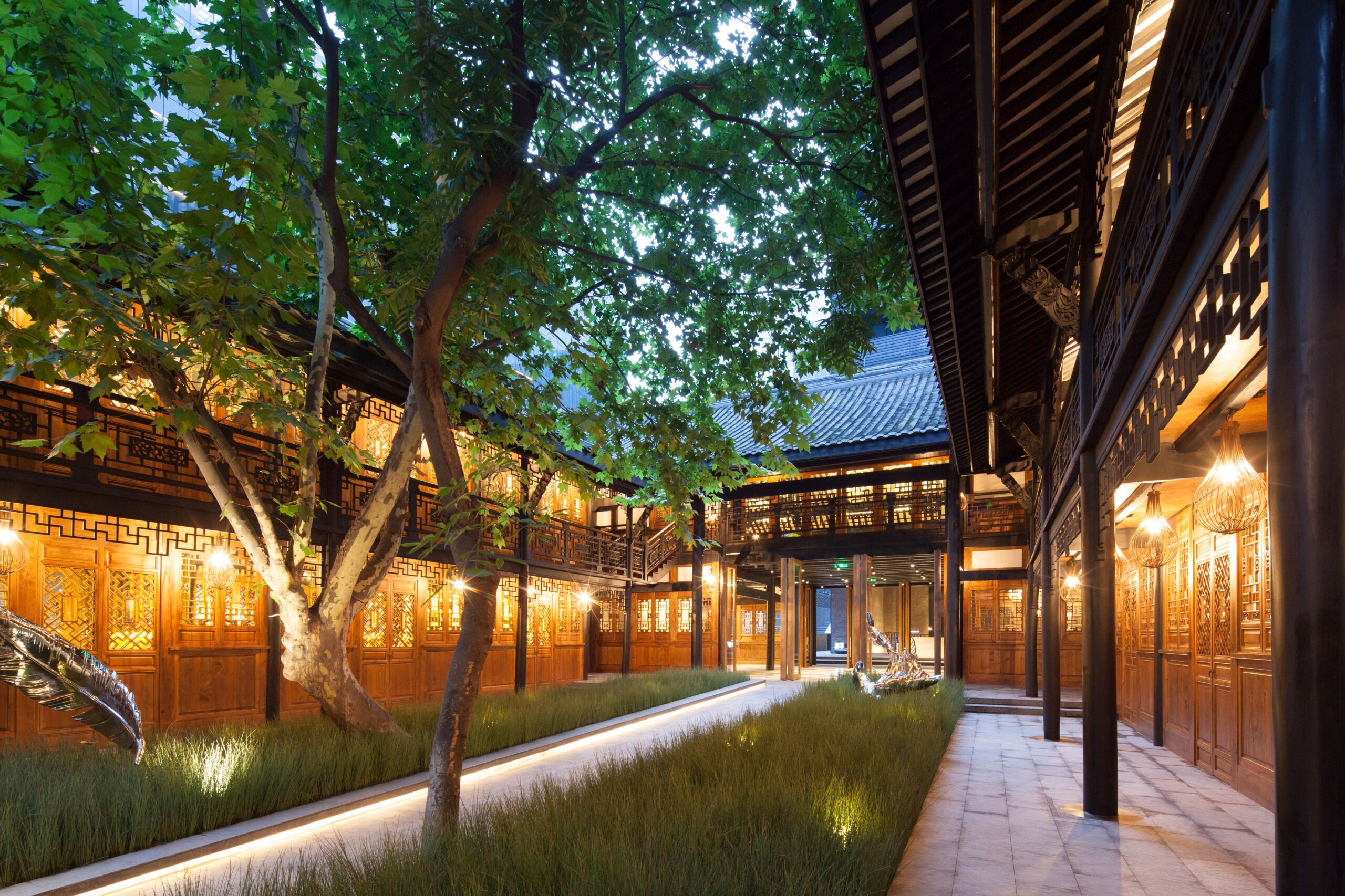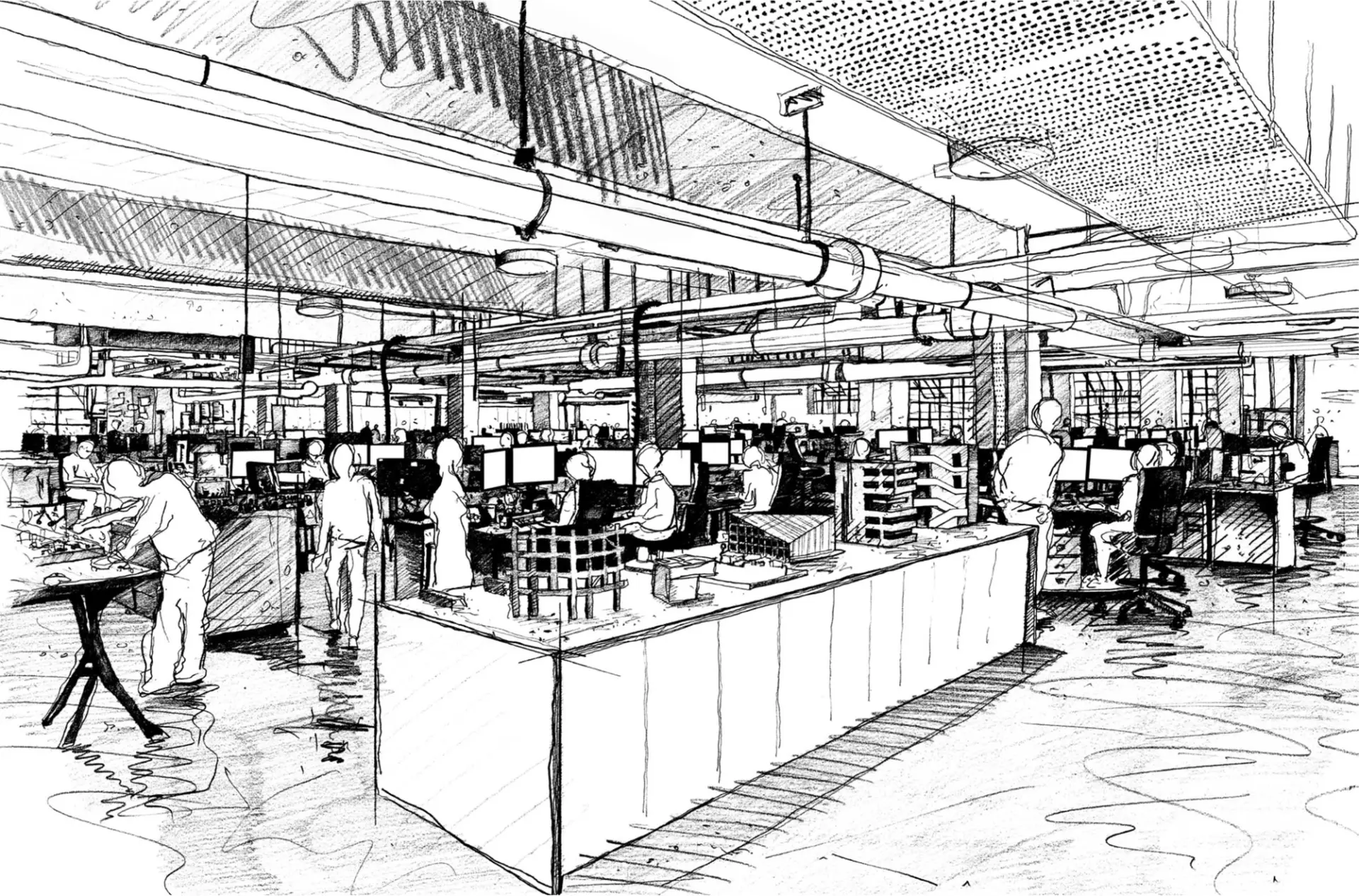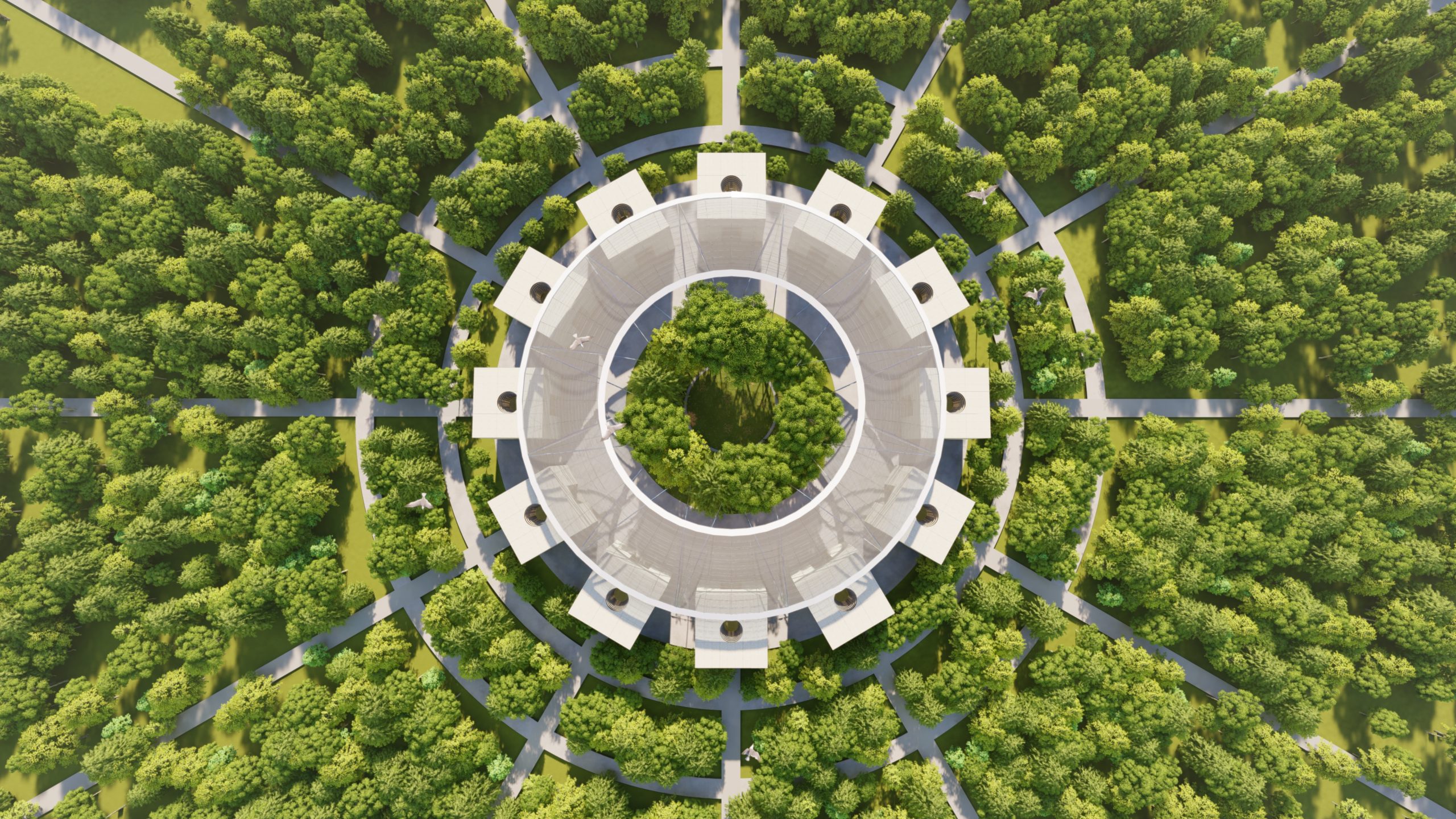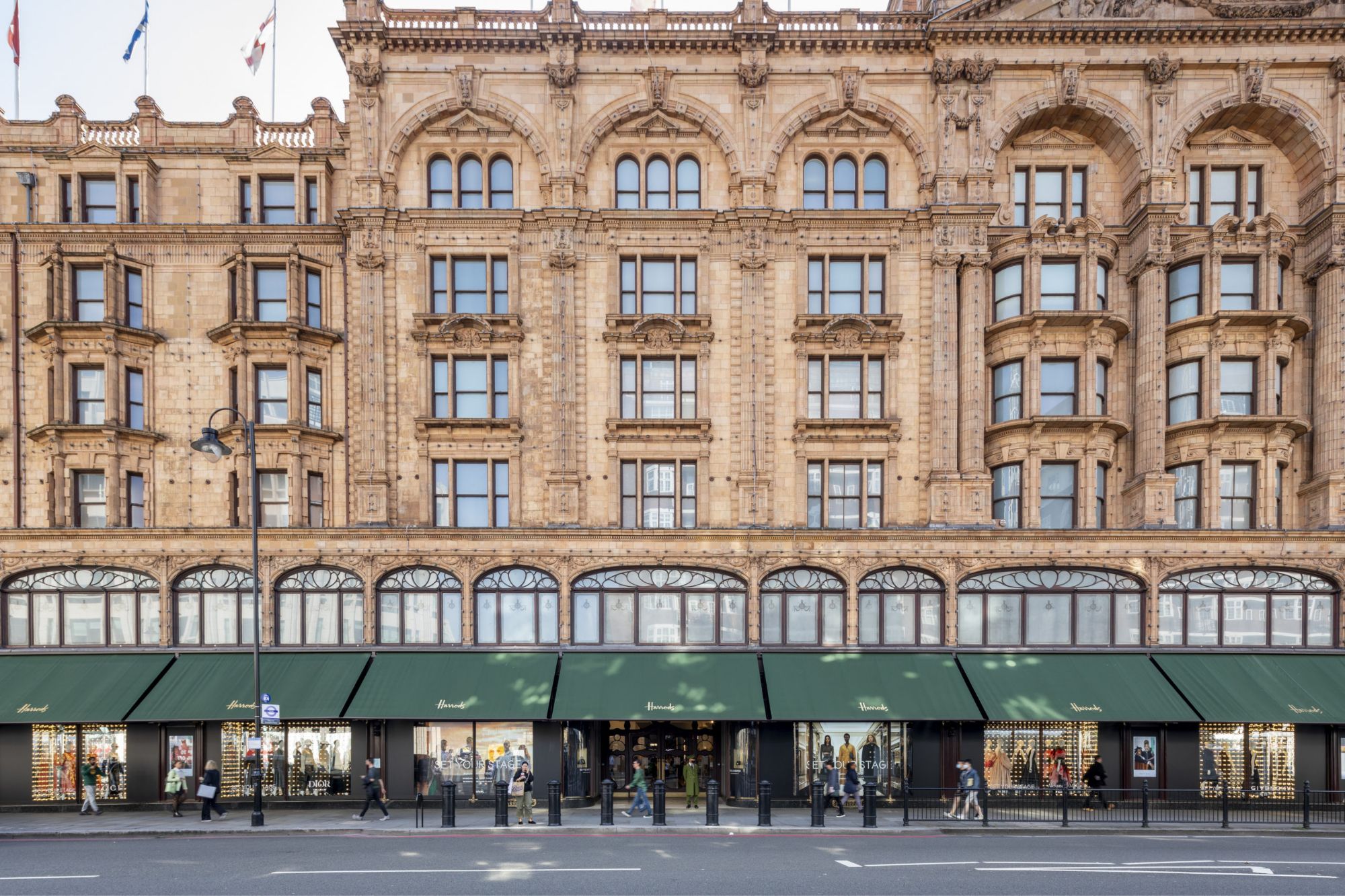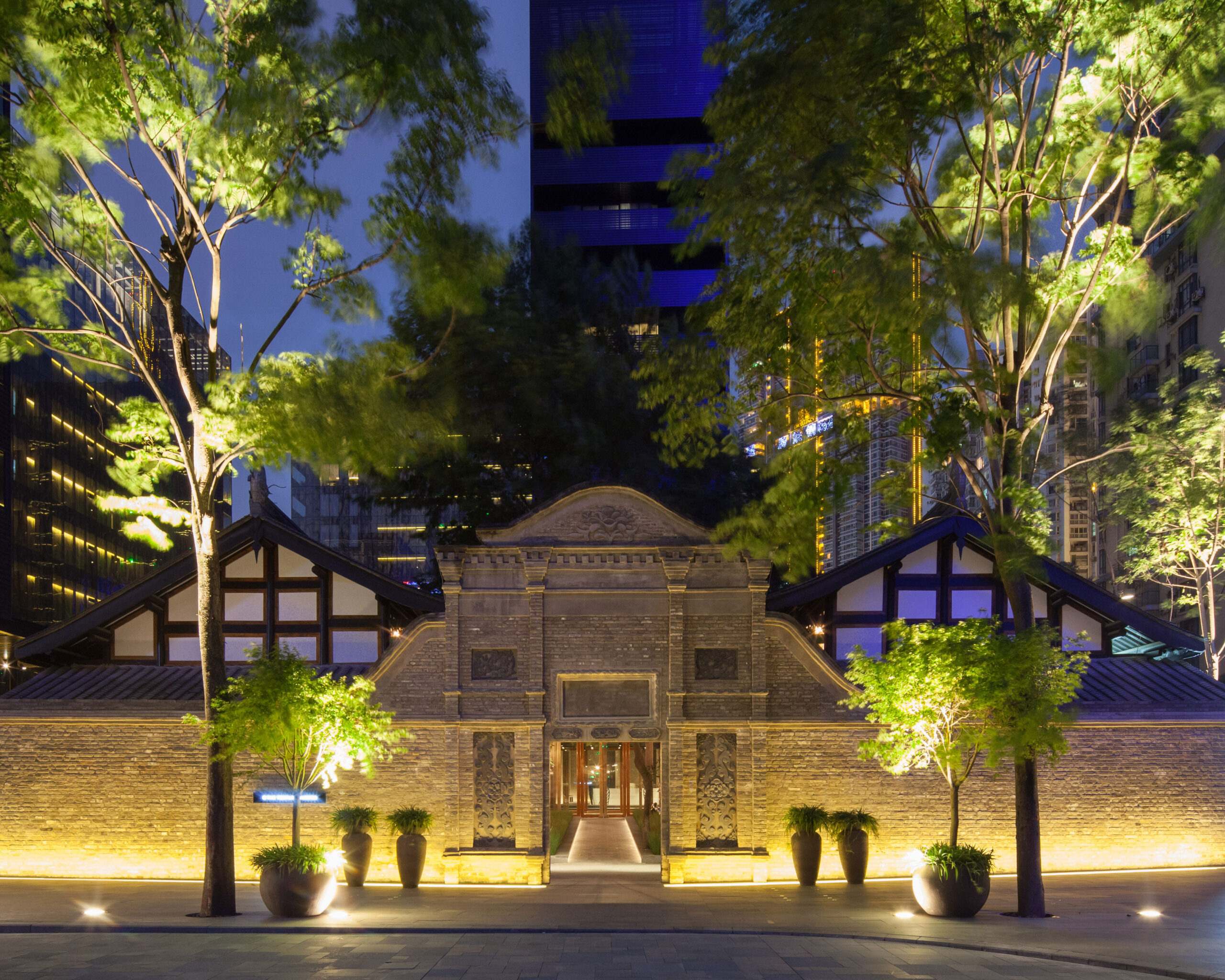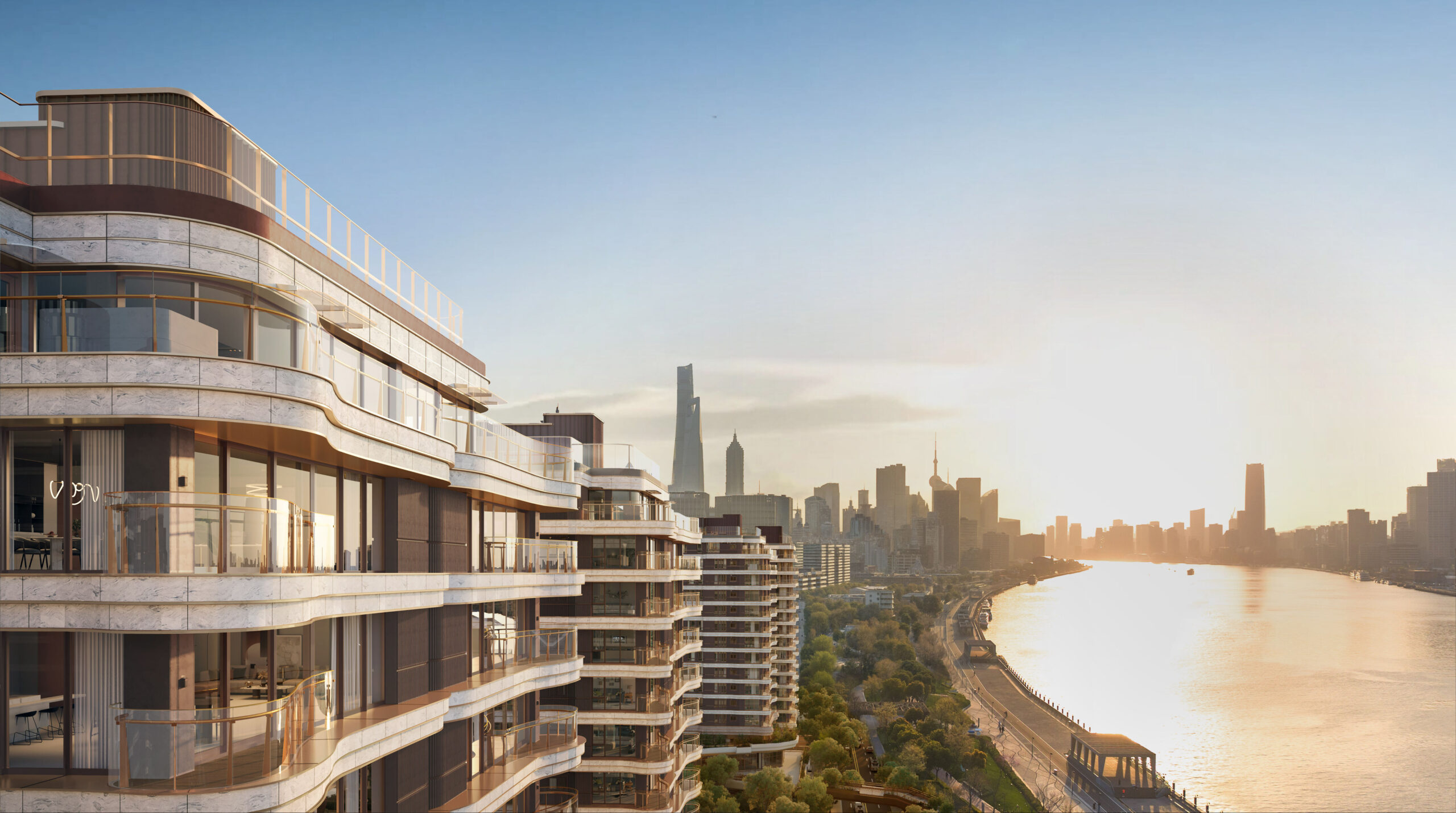
Does your art A-Level cover architecture?
It doesn’t cover architecture. We study six artists, so we look at their life and their style of painting and then we pick our own unit topic. I chose ‘texture and decay’ to work on and then created paintings based on the artists I liked. So, there’s literally no aspect of architecture in my studies, this is new for me.
What have you learnt from the programme so far?
We’ve had university students teach us basic techniques like line thicknesses, section drawings and plan drawings. That really helped as I had no clue about architecture. It’s been really fun doing modelmaking as well, but it’s been a challenge. David has been giving us feedback on our current design though so that’s been positive.
Is this your first time doing modelmaking?
It’s my first time doing architecture modelmaking. I know the basic techniques through my GCSE design and art A-Level, but it’s been challenging grasping the geometry of structures and understanding scales. I wasn’t used to considering how people will interact with actual structures and spaces, so I’m now learning that architectural designs will need to work in the real world.


How would you describe the concept of your pavilion?
The Here East site is very industrial, and we wanted to add something that would contrast that. We went down the sustainability route and looked for inspiration in nature. Dhara and I settled on patterns and then we came across beehives with their cool hexagonal shapes. So, we decided to go for individual tipi-style pods: one big and two small ones. We’re going for a walnut-coloured roof that would have hanging plants. Accessibility wise, there will be tactile paving for visually impaired people at the start and end of pathways.
How do you hope to see the pavilion be used?
We’re thinking of keeping one pod empty to be used as a pop-up sales store for fashion studios nearby. We’re even thinking of collaborating with an arts and music school around the area to see if they’re keen on performing at the site.

What are your thoughts on involving young people in projects like this?
They will be the ones using the space in the future, so you want to attract them as much as possible. In London especially, there are great opportunities and a lot of young people aren’t aware of them. They only realise it when projects like this come out and sometimes it could be that one project that makes them think they want to pursue architecture.

Read our Q&A with Antonia’s teammate, Dhara.
Beyond the Box consultants, who are running the initiative, recently announced the winning design team last from a shortlist of nine. A public vote of over 1,300 local people selected Shahriyar Ahmed (18), Samira Elbahja (17) and Dellilah Jamal’s (17) design, ‘The Reverie’, as the winner.





